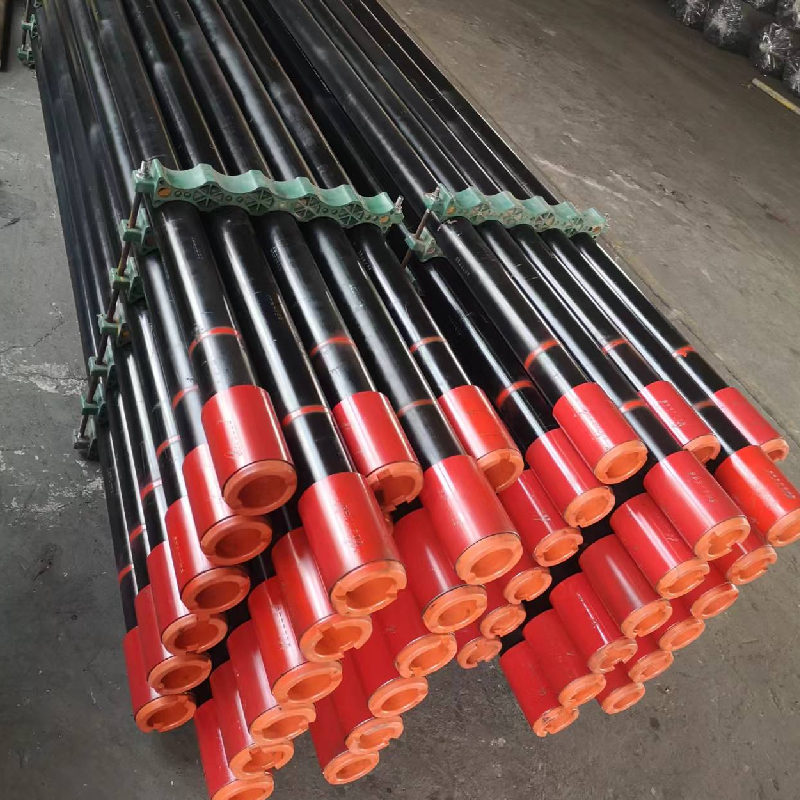- Afrikaans
- Albanian
- Amharic
- Arabic
- Armenian
- Azerbaijani
- Basque
- Belarusian
- Bengali
- Bosnian
- Bulgarian
- Catalan
- Cebuano
- Corsican
- Croatian
- Czech
- Danish
- Dutch
- English
- Esperanto
- Estonian
- Finnish
- French
- Frisian
- Galician
- Georgian
- German
- Greek
- Gujarati
- Haitian Creole
- hausa
- hawaiian
- Hebrew
- Hindi
- Miao
- Hungarian
- Icelandic
- igbo
- Indonesian
- irish
- Italian
- Japanese
- Javanese
- Kannada
- kazakh
- Khmer
- Rwandese
- Korean
- Kurdish
- Kyrgyz
- Lao
- Latin
- Latvian
- Lithuanian
- Luxembourgish
- Macedonian
- Malgashi
- Malay
- Malayalam
- Maltese
- Maori
- Marathi
- Mongolian
- Myanmar
- Nepali
- Norwegian
- Norwegian
- Occitan
- Pashto
- Persian
- Polish
- Portuguese
- Punjabi
- Romanian
- Russian
- Samoan
- Scottish Gaelic
- Serbian
- Sesotho
- Shona
- Sindhi
- Sinhala
- Slovak
- Slovenian
- Somali
- Spanish
- Sundanese
- Swahili
- Swedish
- Tagalog
- Tajik
- Tamil
- Tatar
- Telugu
- Thai
- Turkish
- Turkmen
- Ukrainian
- Urdu
- Uighur
- Uzbek
- Vietnamese
- Welsh
- Bantu
- Yiddish
- Yoruba
- Zulu
bull plug definition
Understanding the Bull Plug Definition and Significance
In the world of plumbing and construction, the term bull plug may not be immediately recognizable to everyone. However, it plays a crucial role in various applications, particularly in the realm of fluid dynamics and plumbing systems. Understanding the bull plug, its definition, and its significance can help professionals in related fields enhance their work and ensure the integrity of their systems.
What is a Bull Plug?
A bull plug, often simply referred to as a plug, is a type of fitting used to close the end of a pipe or fitting. It is designed to provide a tight seal, preventing the flow of fluids such as water, gas, or other substances from leaking out of the system. The bull plug can be made from various materials, including metal, plastic, or rubber, each chosen based on the specific requirements of the application and the characteristics of the fluids being contained.
The design of a bull plug typically features a cylindrical shape, allowing it to fit snugly into the end of a pipe. Its surface may be threaded to enable a secure connection with threaded pipes or be smooth for use with non-threaded connections. This versatility makes bull plugs an essential component in piping systems across numerous industries—from residential plumbing to industrial applications.
Types of Bull Plugs
There are different types of bull plugs available, each designed for specific applications
. Some common variations include1. Standard Bull Plug This is the most basic form, designed for general use in plumbing systems. It typically features threads for compatibility with most standard pipe fittings.
2. Compression Bull Plug Used primarily in applications where space is limited, compression bull plugs use a compression fitting mechanism to create a water-tight seal, eliminating the need for threads.
bull plug definition

3. Cap Bull Plug This variation is used to seal off the end of a pipe permanently or during maintenance. It often features a larger diameter compared to the standard bull plug.
4. Blind Bull Plug Similar to the cap bull plug, a blind bull plug is used to close off ends of piping systems but is typically found in high-pressure environments, providing added durability.
Applications of Bull Plugs
Bull plugs are utilized in a variety of applications across different sectors. In residential plumbing, they are often used to seal off pipes during renovations, repairs, or when installing new fixtures. For instance, if a homeowner decides to replace a sink, a bull plug can temporarily stop the flow of water, facilitating safer work conditions.
In industrial settings, bull plugs are critical for systems that transport gases and liquids. They help ensure that fluid transfer pipelines maintain integrity and do not leak, which could pose significant safety hazards or environmental concerns. Additionally, bull plugs can be found in hydraulic systems, where they seal off ports or dead-end lines, preventing contamination and ensuring efficient operation.
Importance of Proper Installation
While bull plugs are relatively simple components, their proper installation is crucial for the effectiveness of a plumbing or fluid system. Incorrect installation can lead to leaks, pressure buildup, or system failure, which can result in costly repairs or hazardous situations. Therefore, it is essential for professionals—including plumbers, mechanical engineers, and contractors—to understand the correct methods for installing bull plugs, including the appropriate torque specifications and the necessity of using seals or gaskets where applicable.
Conclusion
In summary, the bull plug may be a small component in the larger context of plumbing and fluid systems, but its importance cannot be overstated. Understanding its definition, types, and applications is essential for anyone in the field. By ensuring the integrity and functionality of piping systems, bull plugs play a vital role in maintaining safety and efficiency across various industries. As such, professionals must be well-informed about this fitting to apply it effectively in their work, ensuring the systems they manage operate smoothly and safely.
-
Tubing Pup Joints: Essential Components for Oil and Gas OperationsNewsJul.10,2025
-
Pup Joints: Essential Components for Reliable Drilling OperationsNewsJul.10,2025
-
Pipe Couplings: Connecting Your World EfficientlyNewsJul.10,2025
-
Mastering Oilfield Operations with Quality Tubing and CasingNewsJul.10,2025
-
High-Quality Casing Couplings for Every NeedNewsJul.10,2025
-
Boost Your Drilling Efficiency with Premium Crossover Tools & Seating NipplesNewsJul.10,2025







